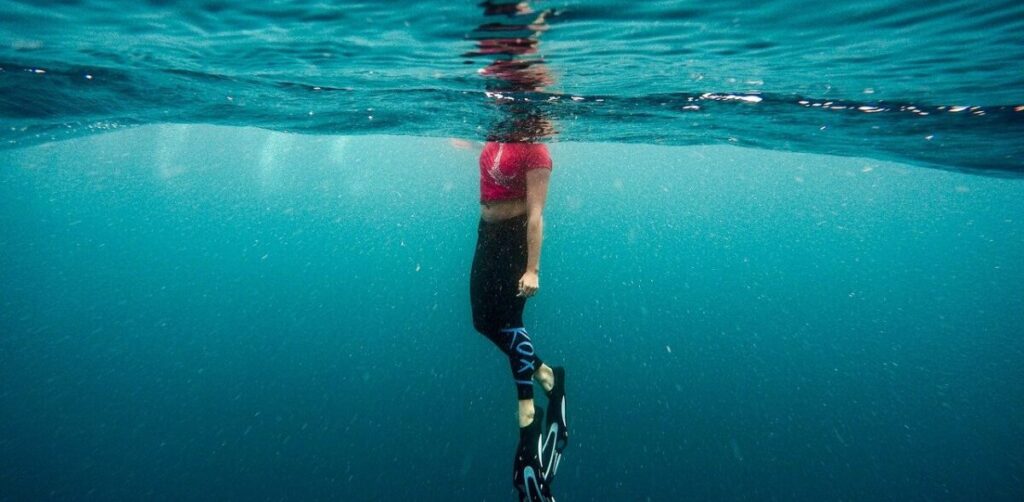

Freediving can be both aerobic and anaerobic at different points, and in different parts of the body. Attempting to classify freediving as completely aerobic or anaerobic is not a useful exercise either for freedivers wanting to boost performance or for scientists wanting to study it. Exploring the different physiological changes and impacts of freediving or the physical feats of freedivers may both give a better understanding of this sport.
Freediving is both an aerobic and anaerobic activity. When a dive begins, the nature of the exercise may be more aerobic, then becoming progressively more anaerobic as the diver continues to sink while holding their breath.
The True Story Book of Freediving Champion Audrey Mestre and the Story of Her Death
View on Amazon: The Last Attempt (Opens new tab)


Top rated read
Like many other forms of activity and exercise, freediving involves a balance of aerobic and anaerobic metabolism. At a given point in time, muscles in one part of the body might be working more aerobically while muscles in another part are working largely anaerobically.
The balance between aerobic and anaerobic metabolism in individual muscles also shifts in response to factors such as continued apnea (breath-holding) and increasing water pressure, both of which have physiological effects on the freediver.
The point when freediving becomes significantly anaerobic may occur when the increasing depth of water causes sufficient pressure to affect blood flow in the legs or arms. There may still be a good flow of blood to vital organs at this point, with internal muscles functioning aerobically.
Is freediving good for cardio?
While participating in freediving might enhance overall physical fitness, freediving is not a good choice for someone wanting to increase their level of cardiovascular activity (cardio).
Cardio normally refers to forms of vigorous activity that increase heart rate and respiration, boosting both oxygen levels and blood flow throughout the whole body. This is not a pattern we observe in the bodies of freedivers and freediving would not therefore be considered cardio as the term is normally understood.
In direct contrast to cardio, notable features of freediving include:
- bradycardia (a slowing down of heart rate),
- extended apnea (breath-holding and reduced respiration),
- peripheral vasoconstriction (reduced blood flow to arms and legs),
- reduced oxygen levels in peripheral body parts as blood flow decreases.
References
https://www.bbc.com/future/article/20180404-how-do-freedivers-achieve-their-superhuman-feats
